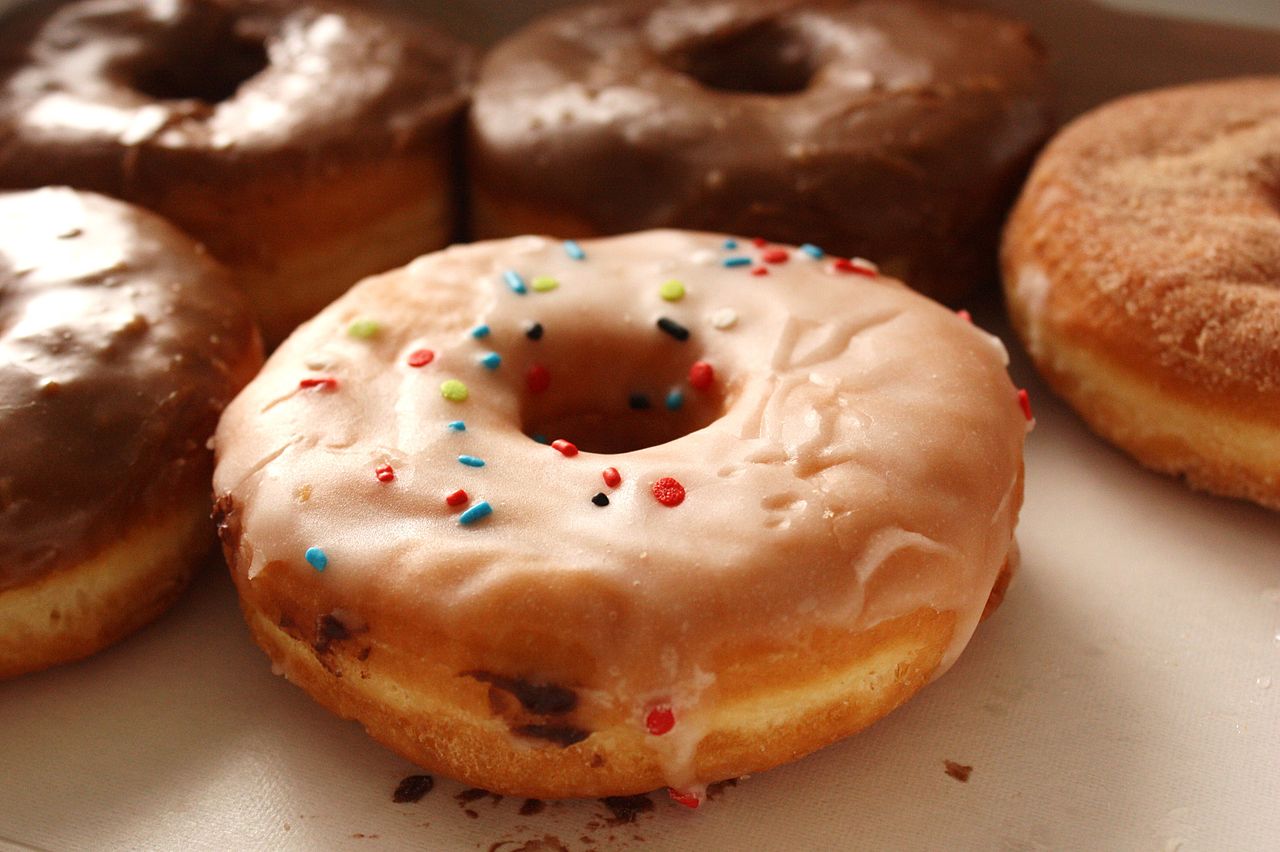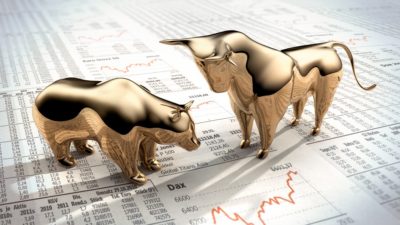Long live the doughnut — one-half of the food and beverage combination that made Tim Hortons a household name and investors in Restaurant Brands International Inc. (TSX:QSR)(NYSE:QSR) very wealthy.
I don’t eat many doughnuts these days, or go to Tim Hortons very often, for that matter — I’m a Starbucks guy — but I do know that QSR shareholders wouldn’t be nearly as happy if consumers on both sides of the border didn’t have a real appetite for the doughy snack.
Doughnut Day got its start in 1938 when the Salvation Army sought to recognize the good work women were doing distributing doughnuts to soldiers on the front lines during the First World War.
While it’s a good story, I want to talk about the success of QSR stock and 3G Capital’s two other major investments, because they’re a winning trifecta for sure.
The Globe and Mail’s David Milstead, a financial writer I respect and admire, wrote a damning piece June 1 about Restaurant Brands and the cracks developing in its business. He doesn’t recommend its stock.
I’m of two minds on QSR.
On the one hand, 3G Capital’s efforts to cut costs and maximize Restaurant Brand’s efficiency and productivity has resulted in a much higher stock price, but it has come at the expense of quality, which Milstead alluded to in his article, and something I too warned investors about back in March.
3G Capital is the evil empire.
Its game of global domination wouldn’t have been nearly as successful with 15% interest rates, but you have to give it credit for understanding the opportunity that lay before it more than a decade ago when its five Brazilian partners founded the private equity firm.
If you’d invested in Restaurant Brands on December 15, 2014, its first day of trading after the merger of Tim Hortons and Burger King, bought shares of Kraft Heinz Co. (NASDAQ:KHC) on the first day of trading after the merger of the two food companies in July 2015, and bought shares in Anheuser-Busch InBev NV (ADR) (NYSE:BUD) on the first day of trading (September 16, 2009) after the merger of the two beer companies, you’d have done very well indeed.
3G capital’s investment performance
| Company | Total Return |
| Restaurant Brands International | 101.4% |
| Kraft Heinz | 27.4% |
| Anheuser-Busch InBev | 151.7% |
Source: Yahoo Finance
The performance of all three stocks is first rate. If you’d invested $10,000 in each of the three stocks, today you’d have $58,050, or an average annualized return of 19.3%.
Bottom line
While I too have my doubts about what 3G Capital is doing to the Tim Hortons brand, I do believe that the Popeye’s purchase will give it some breathing room to keep investors happy, while management works on correcting the obvious problems it alone created by cost cutting without regard to the brand.
I’m not a big fan of private equity. In my opinion, they generally destroy value, not create it, but if you look at how long 3G has remained invested in Anheuser-Busch InBev, at least you can take comfort in the fact it’s holding period is longer than the time it takes to have a coffee and doughnut on Doughnut Day.
As Milstead suggests, if you own Restaurant Brands’s stock, you’ll want to keep an eye on the franchisee situation because, in any asset-light model, the franchisor’s long-term success is tied at the hip to the franchisees’ long-term success.
It’s that simple.








